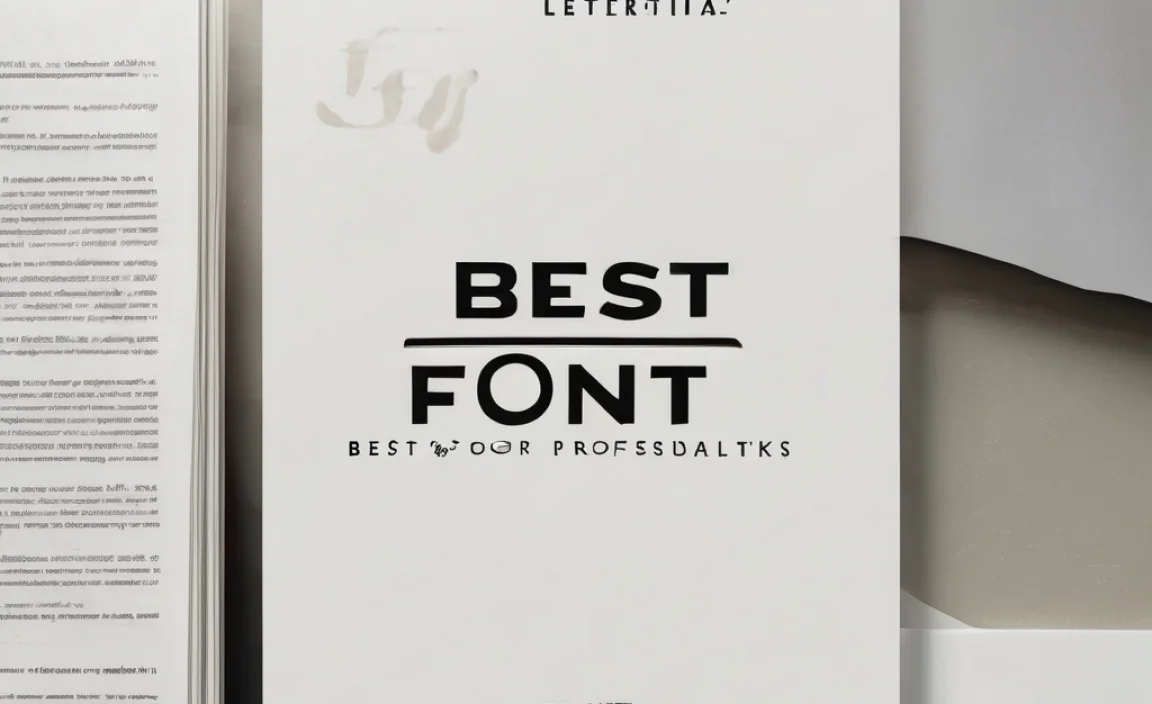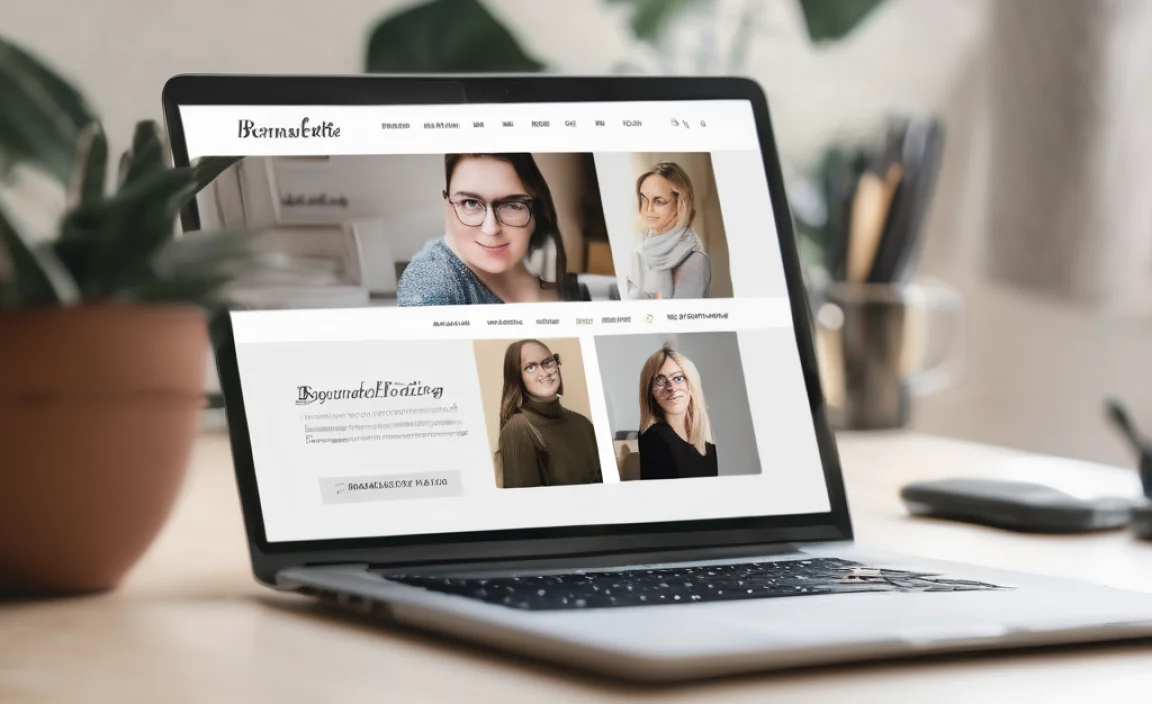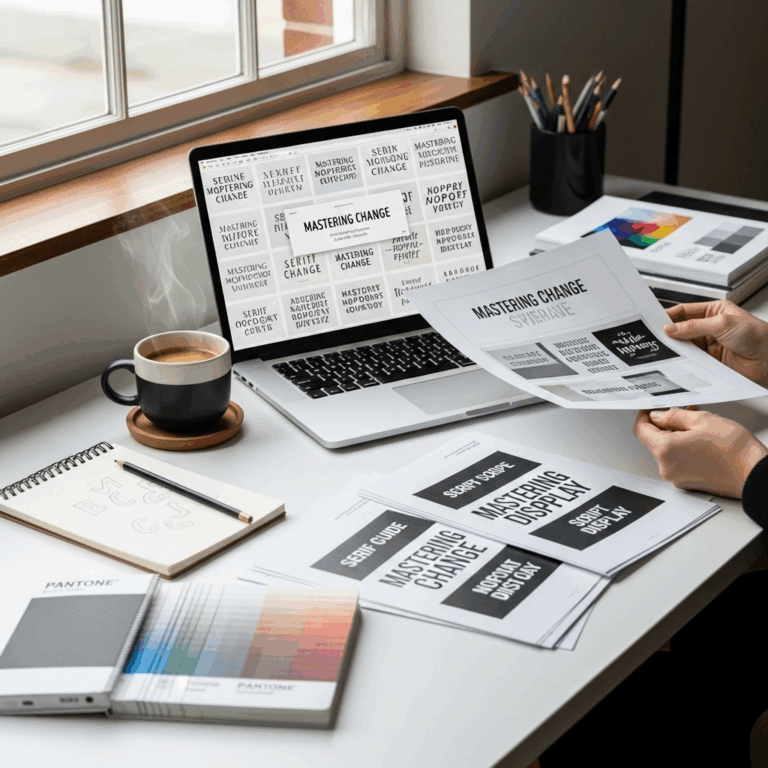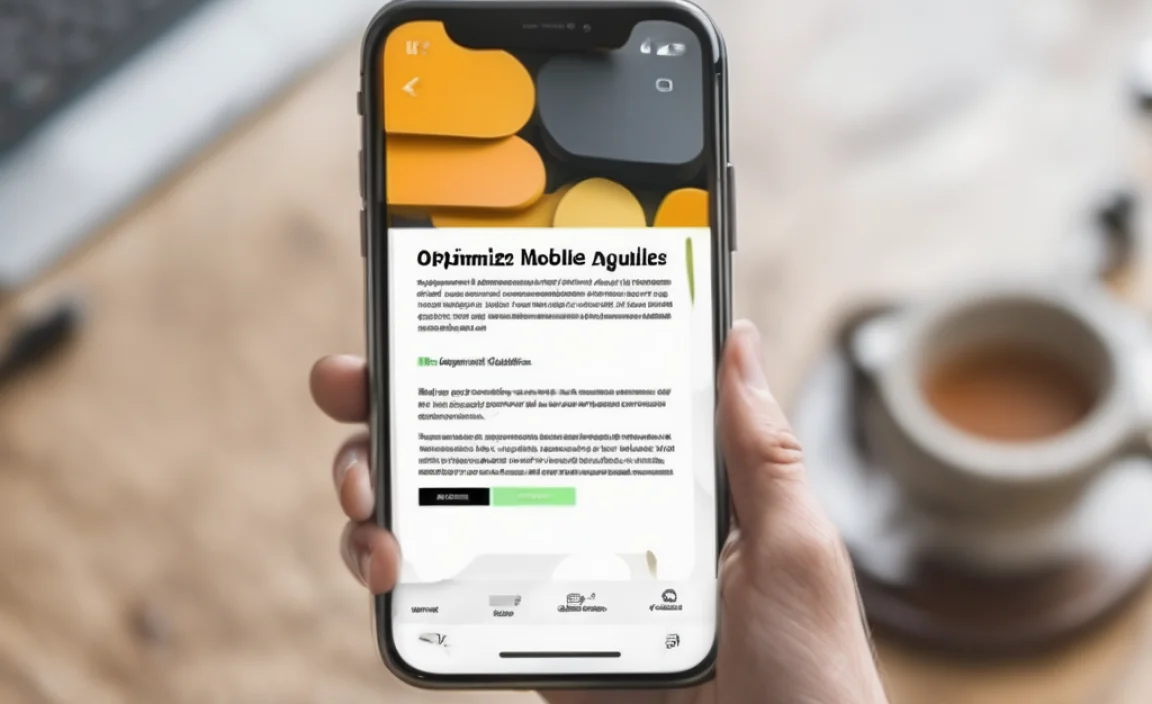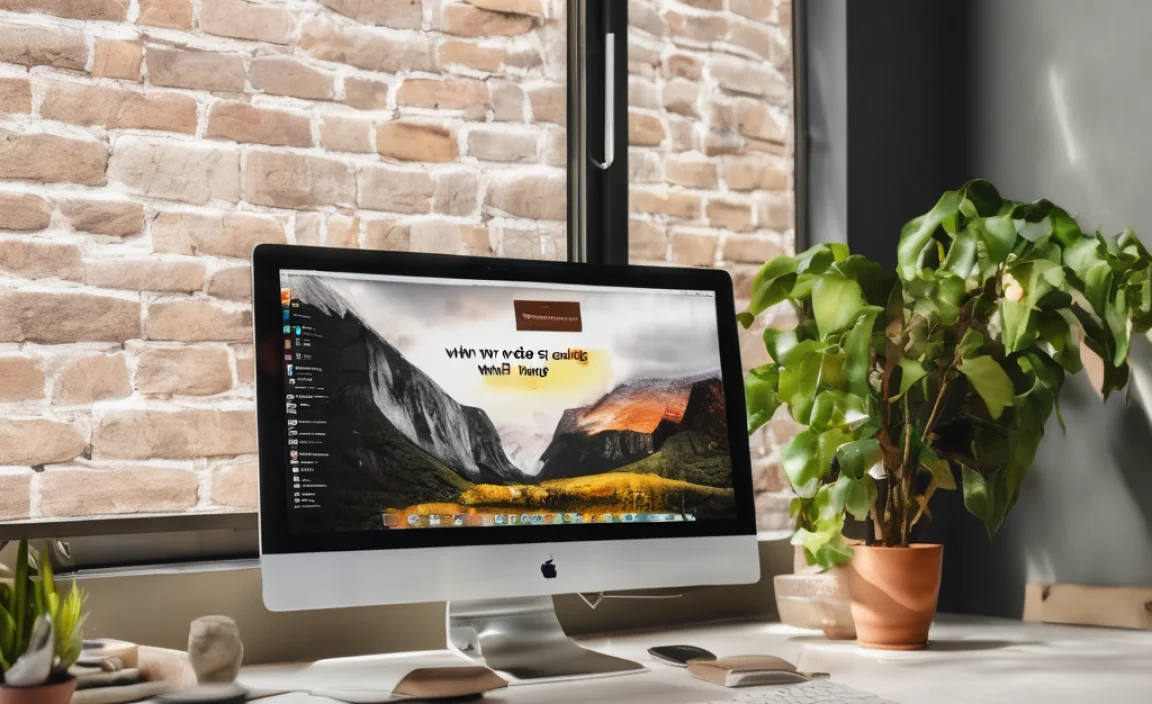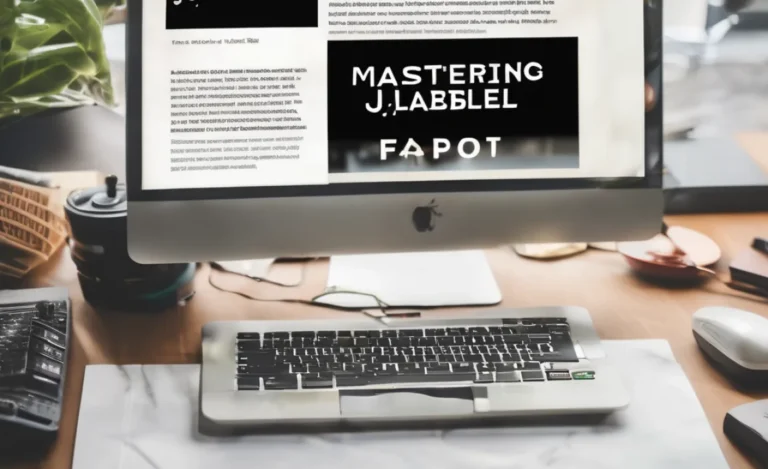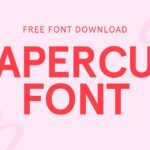One of the most important aspects to consider when designing a magazine is the font size. Font size plays a crucial role in readability, whether you’re working on a fashion magazine, a car magazine, or an annual report. The right font size ensures your content is accessible and enjoyable for readers of all ages. From body text to captions, choosing the correct size is key to creating a pleasant reading experience.
The choice of font style is also integral to the overall design. Choosing the right font family impacts how content flows and engages the audience. Serif fonts, like Times New Roman, are ideal for printed materials such as books and magazines. They enhance readability in long texts. On the other hand, sans serif fonts are preferred for headings and online content. They offer a crisp, modern look.
What to Consider Then?
When considering the appropriate font size for your magazine, start by evaluating the purpose of the publication. For a fashion magazine, you might lean toward a smaller font size for the body text to give a sleek, sophisticated look.
A larger font size on the cover could capture attention and provide a striking visual appeal. On the other hand, for a car magazine or annual report, using a larger font size for body text could help enhance readability for older readers who may find smaller point sizes difficult to read.
Choosing The Right Font Size For Different Sections

You’ll spend most of your time choosing the right font size in body text. A typical magazine body font size ranges from 10 to 12 points, depending on the font style and layout. Serif fonts, like Times New Roman, tend to be more readable in smaller sizes, while sans serif fonts are often easier to read in larger sizes. Ensure that the body font size isn’t too small, as smaller font sizes can strain the eyes, especially for older readers.
Consider the line length as well. A magazine with a narrow column layout may allow for smaller font sizes without sacrificing readability. In contrast, a magazine with a wide layout might need a larger font size for the body text. Also, ensure the right white space around the text to help improve legibility. A cramped layout with too much text crammed into a small area can overwhelm readers, while a clean design with adequate spacing can make reading much more comfortable.
Choosing the Perfect Font for Readability
A readable font can greatly influence how easily your readers can engage with your content. Fonts like Comic Sans, while casual, often suffer from being too playful and less professional for editorial design. On the other hand, fonts like the New York or New Yorker typefaces, which blend readability with style, are often seen as the perfect font for magazines that aim for a polished look.
When choosing a font for your magazine, it’s important to experiment with different fonts and sizes to find what works best. Use tools like Microsoft Word or Google Fonts to explore various fonts and their corresponding point sizes. Test your magazine text by adjusting font sizes for the body, headings, and captions to see how it looks in print and on screen.
Font Size on Different Age Groups
Different age groups have different visual needs. A smaller font size may be acceptable for younger readers, but for older readers, a larger font size might be necessary for comfort. As a rule of thumb, consider using a larger font for the main text and a smaller font size for captions or smaller details. Always aim for a size that is neither too large nor too small but balances well with the rest of your design.
Tips for Getting the Right Font Size
- Start with 10 to 12 points for body text.
- Adjust for readability based on your audience.
- Use a larger font size for titles and subheadings.
- Choose sans serif fonts for a modern look and serif fonts for classic readability.
- Ensure your line length matches the font size for better legibility.
- Test fonts in different sizes before finalizing.
- Make sure your magazine layout has ample white space to avoid overcrowding.
- Consider using a larger font for older readers to enhance accessibility.
By considering these considerations, you can ensure that your magazine is visually appealing and easy to read for all ages. Whether you’re designing a magazine for a specific niche or a general audience, getting the font size right is essential for ensuring comfort and readability.
FAQs:
What Is The Ideal Font Size For Magazine Body Text?
The ideal font size for magazine body text is between 10 and 12 points, depending on the font style.
Should I Use A Larger Font For Older Readers?
Yes, a larger font size can make the text more readable for older readers.
What Are The Best Fonts For Magazine Design?
Serif fonts like Times New Roman and sans serif fonts like Arial are often used for magazine body text, while more decorative fonts can be used for headings.
How Do I Choose The Right Font For My Magazine?
Consider your audience and the tone of your magazine. Serif fonts are often better for long text, while sans serif fonts work well for headings.
Can Font Size Affect The Layout Of A Magazine?
Yes, choosing the right font size impacts the layout. Larger text may require fewer words per line or wider margins.
What Is The Difference Between Serif And Sans Serif Fonts?
Serif fonts have small lines or decorations at the ends of letters, while sans serif fonts are cleaner and simpler, without these lines.
How Do I Make My Magazine Readable For All Ages?
Use larger font sizes for the body text and choose readable fonts. Avoid very small font sizes, especially for older readers.

